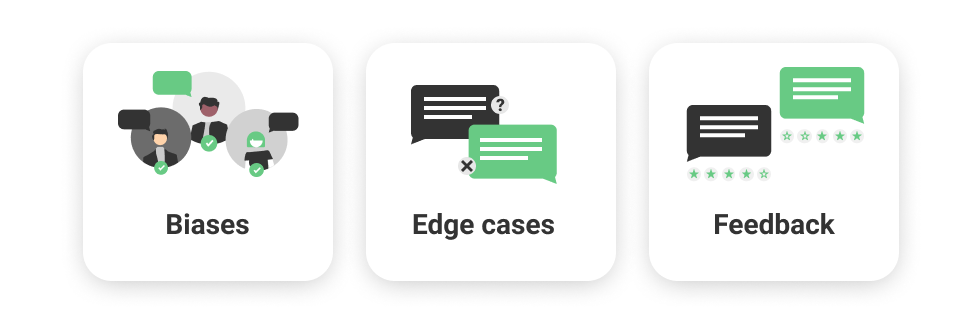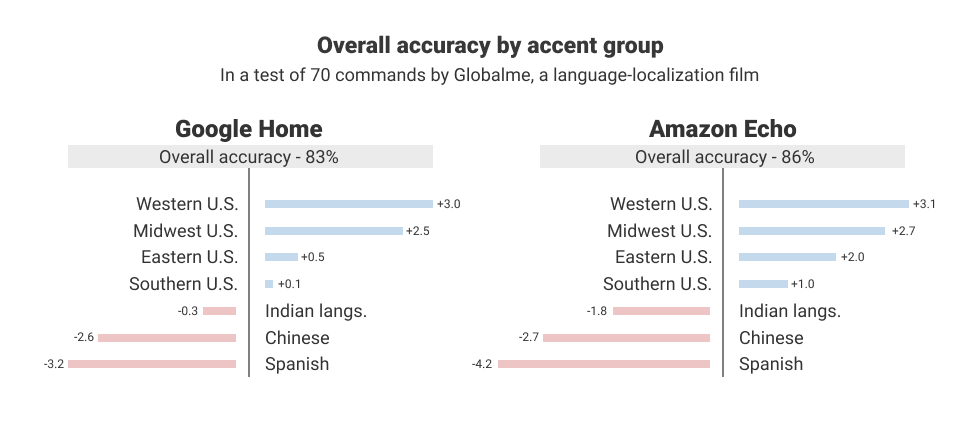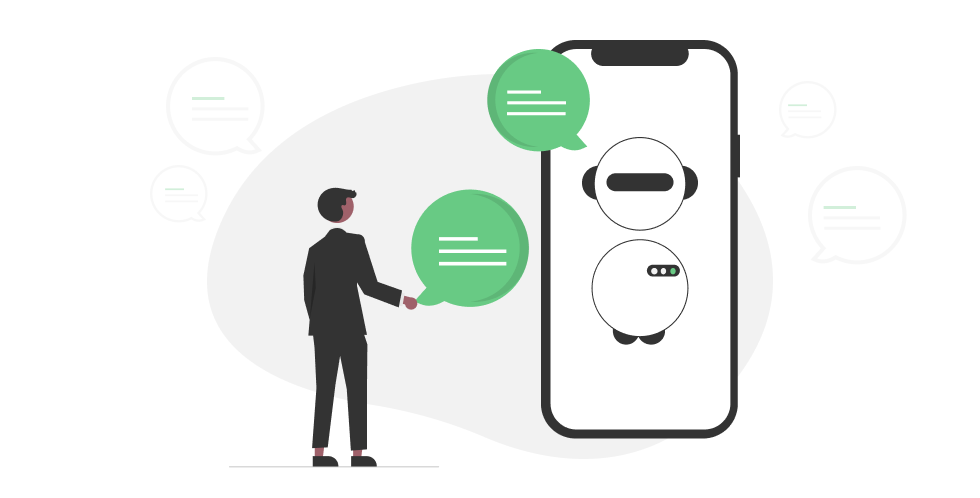
And it has a couple more unique features
Czechs and Slovaks, who call the Samsung customers care line, will now meet a new intelligent voicebot with several unique features. The innovative virtual assistant was developed by Conectart, the largest domestic call center operator. The technological author of the solution is the Czech startup Born Digital.
The new digital assistant had replaced the Interactive voice response system (IVR). Customers no longer have to listen to the list of options and dial the number corresponding to their request. The innovative voicebot fluently converses with them in a human voice indistinguishable from a living operator.

“Customer expectations are increasing rapidly every year, and we need to keep up with new trends. That is why we decided to implement this project, which in my opinion indicates the direction of our field for the upcoming years,” says Petr Studnička, CEO of Conectart.

The new voicebot can lead a relevant discussion with the customer for up to 4 minutes, during which it obtains all the necessary input information. Thanks to the high number of preprogrammed algorithms, the voicebot can then respond to client requests and can solve a significant part of them by itself. Otherwise, it passes the relevant information to human operators, whose work is now significantly facilitated by its skills.
The solution can address some callers by name, and after evaluating previous interactions, it can also choose the appropriate tonality. In addition, the artificial voice of the solution changes at regular intervals, which acts more naturally on the caller in the event of a redial. The system consists of several separate parts, which respond differently according to the caller or the type of query. All this streamlines and moves the company customers’ care to a new level of quality.
Trending Bot Articles:
2. Automated vs Live Chats: What will the Future of Customer Service Look Like?
4. Chatbot Vs. Intelligent Virtual Assistant — What’s the difference & Why Care?
“I’m excited about the voicebot! What most interests me is when a customer calls again. Because if he calls within the set time, the intelligent assistant recognizes him, addresses him by name, and evaluates that he is likely to reach out because of the same request. We are always looking for innovations, improvements, and clever solutions. I am glad that with our partners, we do the same in customer services,” adds Jan Procházka, Head of Customer Services from Samsung Electronics Czech and Slovak.

About Born Digital
The Czech startup Born Digital was founded in 2019. It focuses on the use of the latest artificial intelligence and machine learning technologies to digitize contact centers and automate human conversation on all available channels. The mission of Born Digital is to save its customers time and costs and increase their sales potential. In Central Europe, Born Digital solutions are used by major mobile operators, banks, insurance companies, or energy distributors. Thousands of people call Born Digital’s voice assistants every day, and so far, they have handled around 3 million calls with real customers.
About Conectart
Conectart has been providing comprehensive contact center services to Czech and foreign customers for more than ten years. It has many important companies in its portfolio, such as Samsung, Vodafone, MND, Česká spořitelna, AmRest, or SAZKAmobil. Conectart was created by merging the companies Informační linky and Direct Communication. In 2017, it opened another contact centrum Quality Brands. The merger of these companies created the largest service provider in “Business Process Outsourcing” in the Czech Republic, with over 1,000 employees. The company Conectart s.r.o. is a part of the portfolio of the GPEF III fund from the Genesis Capital group.
Don’t forget to give us your 👏 !




The voice-changing virtual assistant now operates in Czech contact center was originally published in Chatbots Life on Medium, where people are continuing the conversation by highlighting and responding to this story.






